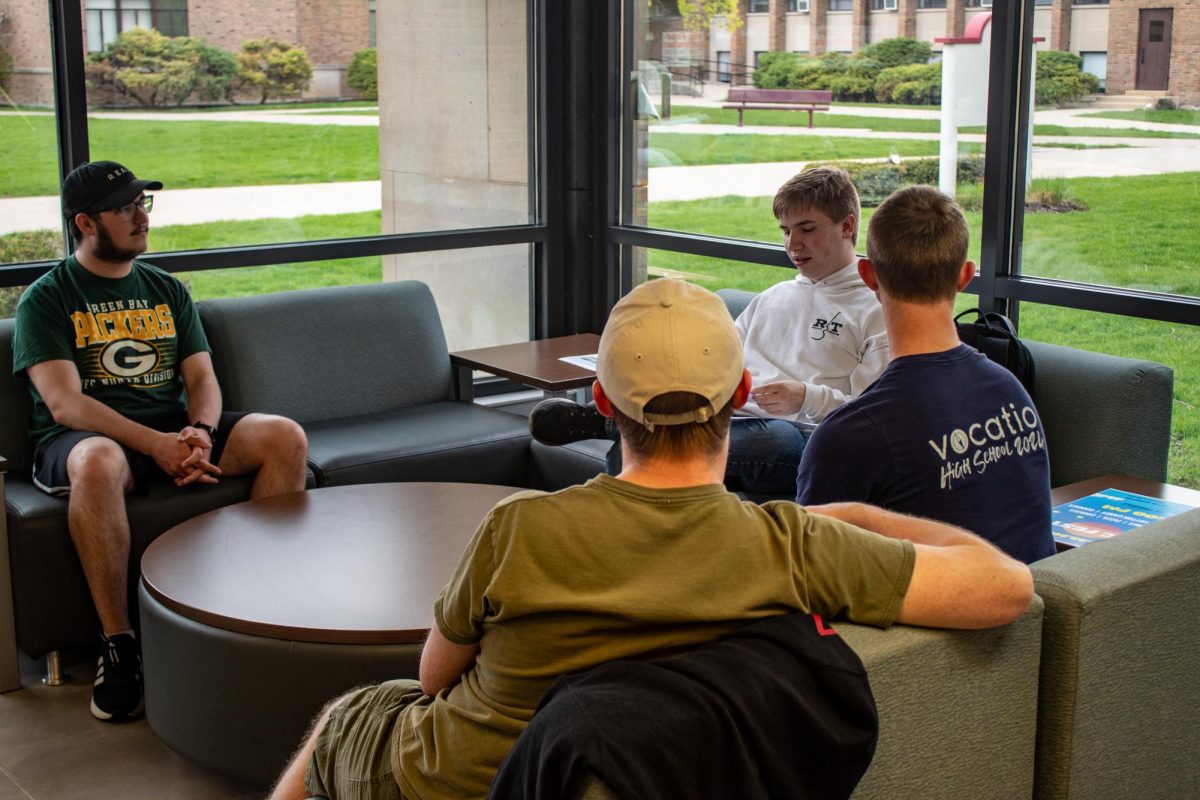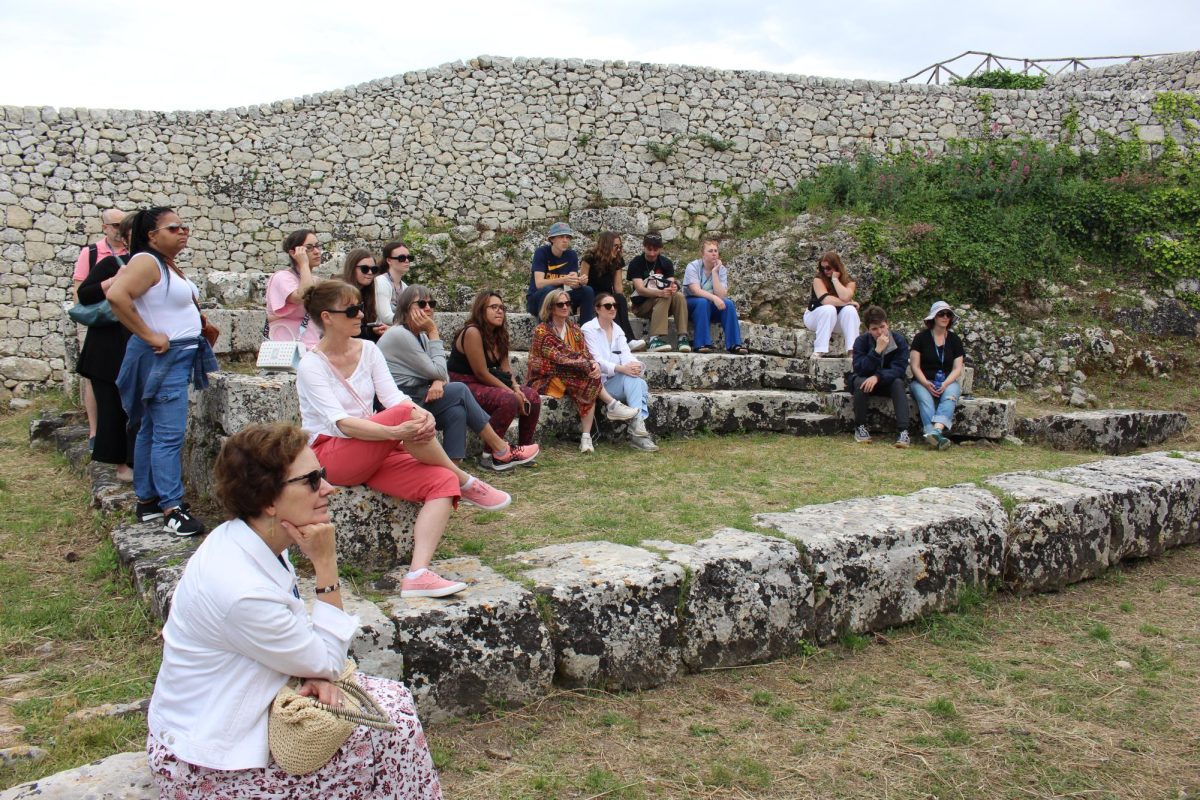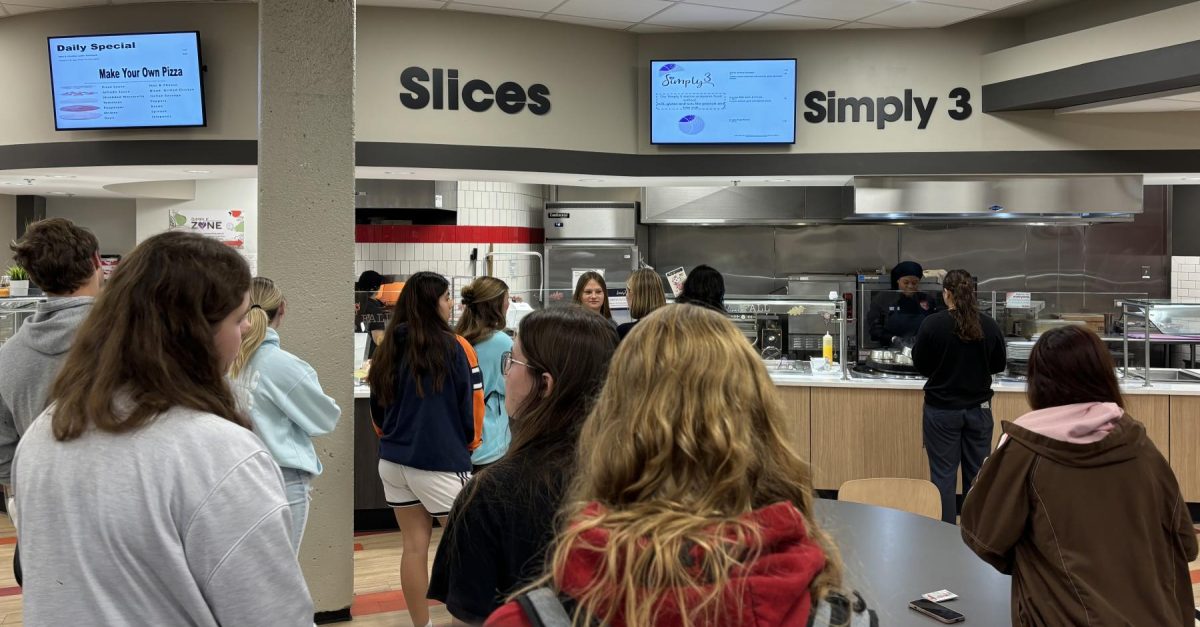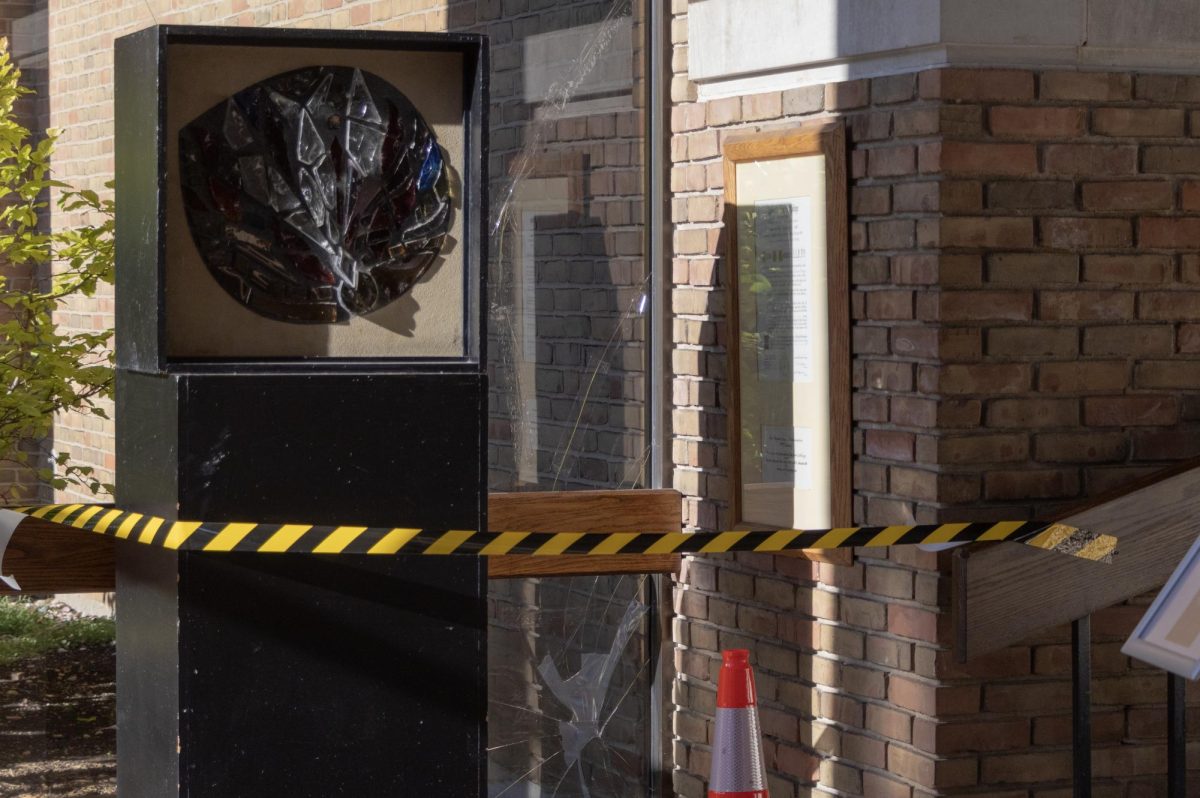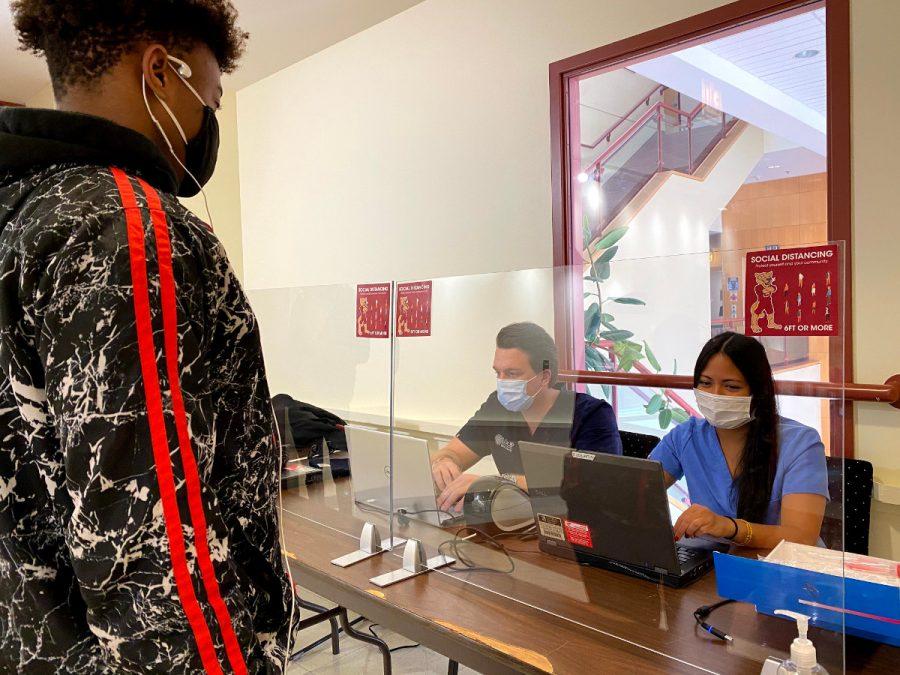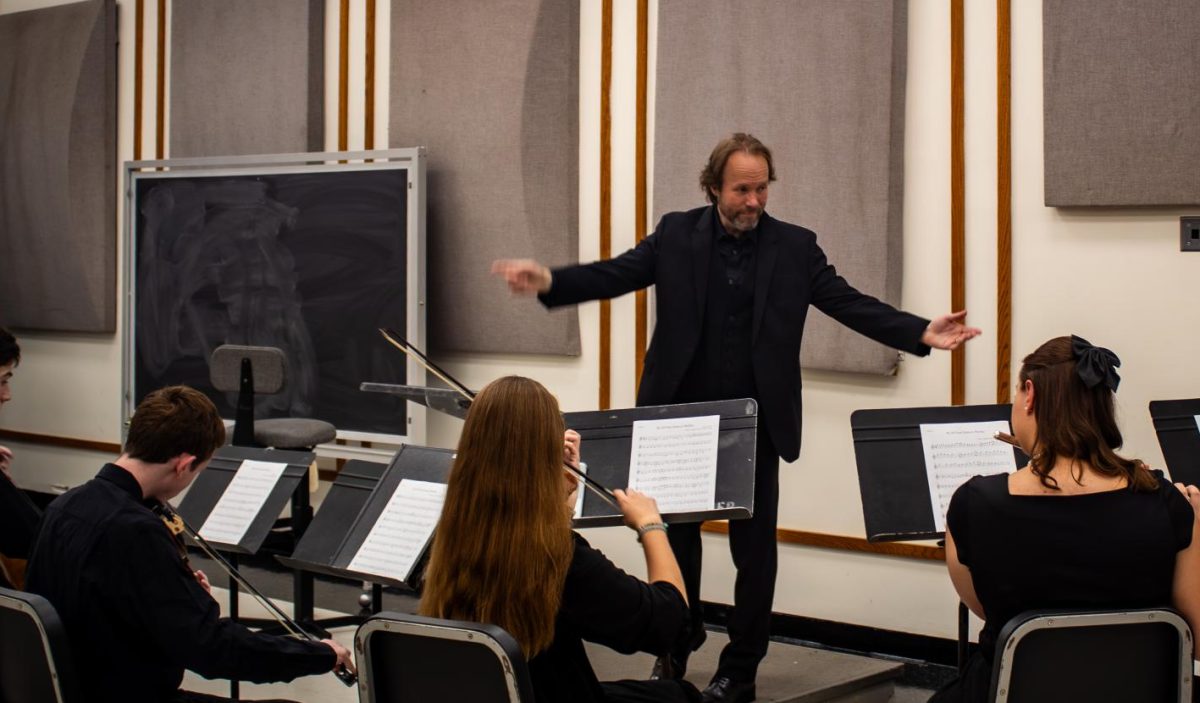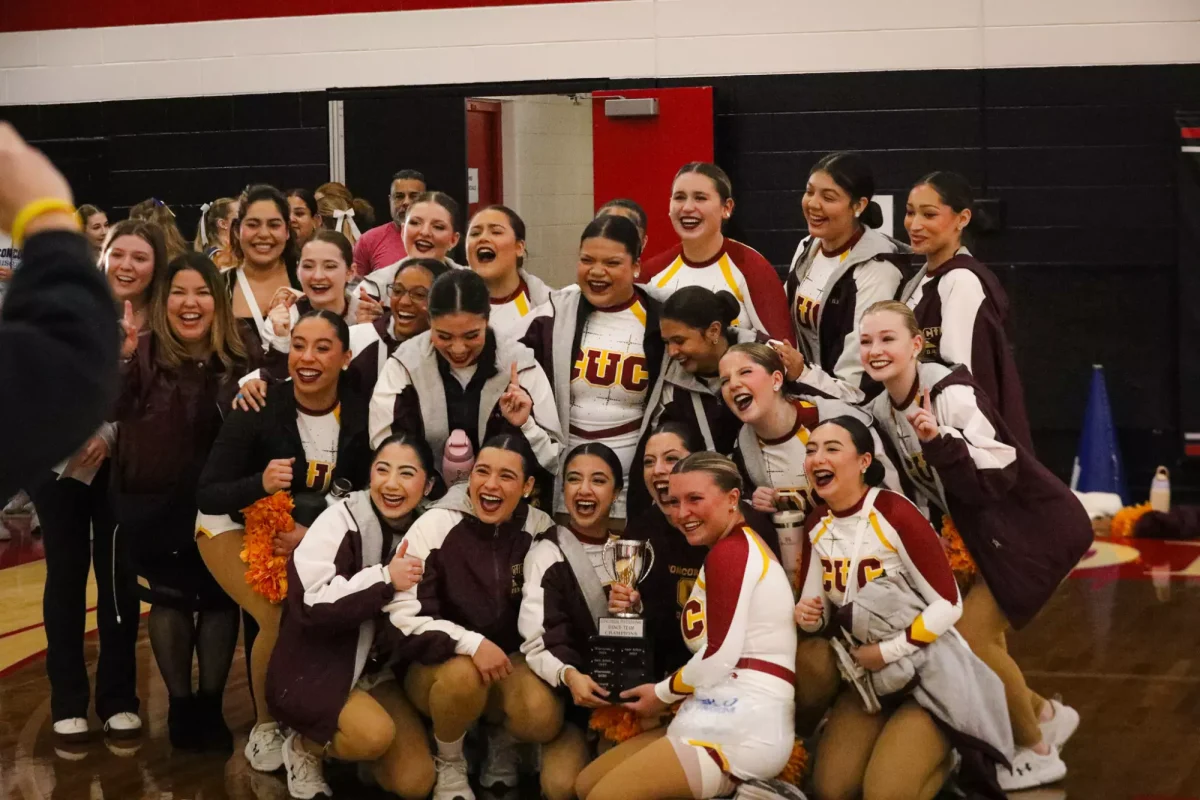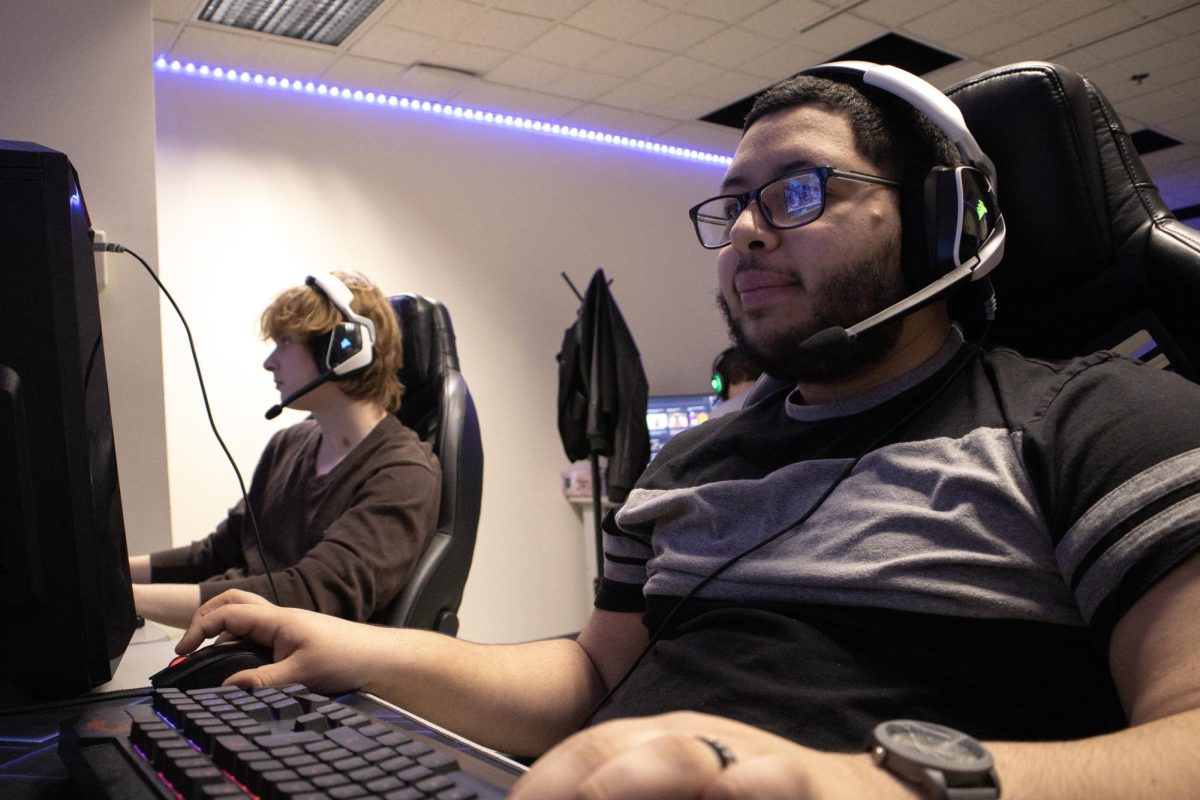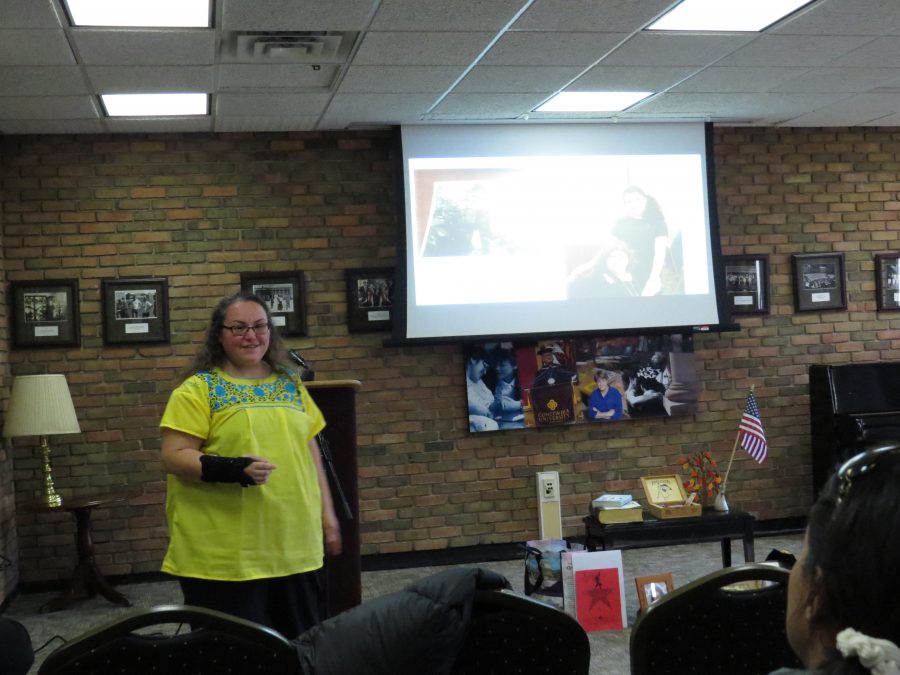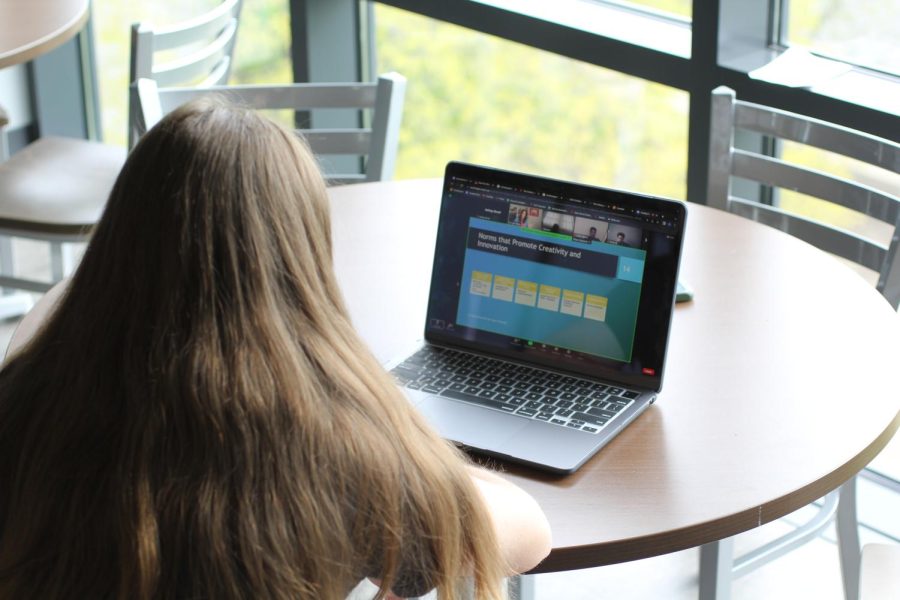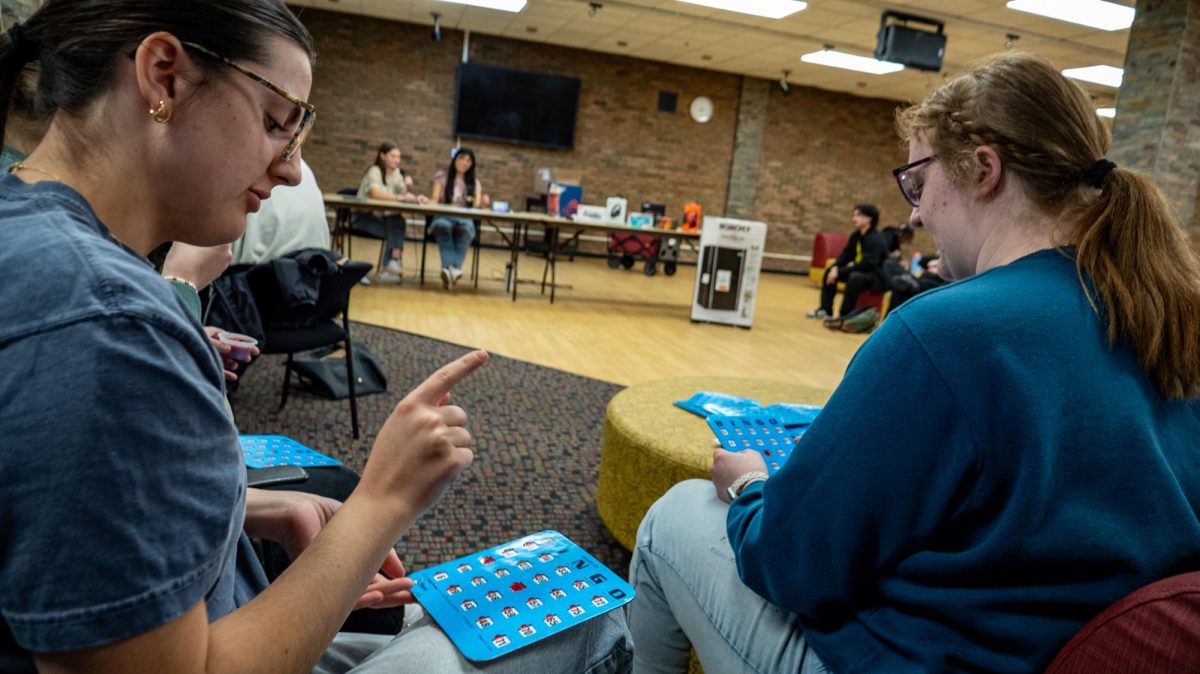Are Online Courses Here to Stay?
Junior Ashley Shroll attends her class, Creating Breakthrough Innovation, through Zoom on Thursday, April 28
November 1, 2023
Even with the COVID-19 pandemic largely behind us, and meeting in person for school is a once again a viable option, Concordia University Chicago still offers a vast selection of online courses.
CUC offered 655 online courses, or 56% of the 1,165 total courses, in the fall semester of 2023, according a university schedule report. In fall 2022, by comparison, CUC offered 733 online courses, for 54% of 1,340 total courses. That number of online courses does not include hybrid classes or internships, but it does include several dissertation classes, which may have only one student.
Online courses offer flexibility in student’s schedules, as well as access to teachers who are not local, but also might limit the personal connection between student and teacher.
“I have mixed feelings about online classes,” says junior Ashley Shroll. “On one hand, they are good for busy schedules, but they also mean students have to teach themselves more, which can be difficult.”
Still, it appears that online courses will continue to be a major part of CUC, even in a post-COVID world.
CUC offers two types of online classes: synchronous and asynchronous. Synchronous classes meet at a specific time over the virtual platform that allows for real-time communication, such as Zoom or Microsoft Teams. The intent is to replicate a classroom environment, where there is a direct line of communication between the teacher and the students.
Asynchronous classes, on the other hand, generally have no scheduled meeting times. Instead, students are given assignments over an online platform (CUC uses Blackboard) where they can complete assignments on their own time. The homework ranges from digital worksheets to discussion posts.
Online courses allow both the students and the course instructors to live outside of the Chicagoland area.
“One reason some sections may end up online has to do with staffing a class,” says Jaime Kowalczyk, vice president for strategy and innovation and chief of staff. “For instance, I believe a few courses have gone to asynchronous so that we can make sure to have a quality instructor who may not reside near River Forest.”
Kowalczyk, who helped design some of the online courses along with CUC’s Instructional Design Team, said that her office works to supply as many in-person classes as possible.
Aidan Vizi, a 2023 CUC graduate, said that synchronous online courses allow students who cannot physically attend class on the River Forest campus, whether because of sickness or external factors like inclement weather, to still participate in class.
Whatever the reason for online classes sticking around, their positives and negatives are evident.
“One thing I like about online teaching is that students can take their time when responding to a question or prompt,” says Kowalczyk. “In class, one may feel pressure when asked to respond on the spot, but in an asynchronous class, that pressure is greatly minimized.”
This is a sentiment furthered by Karen Calendo, a business professor at CUC with experience teaching both online and in-person classes.
“In a traditional classroom, only a few individuals might regularly answer questions or share thoughts,” Calendo says. “Online, all students are required to comment on discussion boards, everyone must share their views or examples as it relate to their research-based replies.”
Another positive of asynchronous courses is the research-based learning design. This means that students must conduct research for discussion post assignments, rather than just sharing opinions. Students learn to search for truth based on research-based evidence, not personal assumptions or options. Calendo believes this leads to enriched student engagement in the learning process.
At the same time, Calendo noticed courses held on Zoom allow students to shut off their cameras, which could sustain students’ disengagement from class lectures. That is less of an issue in asynchronous courses, where students must consistently contribute work to receive a passing grade.
“Student success can be impacted by the modality of the course. Factors that can influence what modality is best for a student may be learning style, lifestyle such as full-time work and/or family, location, or writing skills ” Calendo says.
Business professor Michael Carroll prefers teaching online courses for graduate-level courses, but not for undergrads.
“Even though I am not physically with the students on a Zoom class, I still have direct dynamic interaction with them,” says Carroll.
In-person courses allow him to develop a better rapport with students and adjust the class based on his personal observations, Carroll adds. “None of this is possible with online,” he says.
The missing face-to-face interaction is a negative commonly cited by students as well.
“Being able to ask my professors for help right away is one of my favorite aspects of in-person classes,” says Shroll, who is enrolled in in-person, asynchronous, and Zoom classes this semester. “You do not have that over Zoom on through Blackboard, so sometimes you are stuck not knowing what to do.”
Delayed interaction online also applies to online discussions, since students are not immediately receiving feedback from each other or from their teacher.
“I have had students engage in a lengthy discussion when I am not logged in and I then have to make a correction to the discussion hours afterwards,” says Kowalczyk, who taught online graduate programs in education. “I fear that the students won’t read my intervention and they may leave the class with misinformation.”
Despite any mixed feelings about online courses, they seem to have found their place in the world of higher education, even after COVID-19.
“As much as it is not great all the time, I think they can definitely be used to an advantage,” Vizi says.

